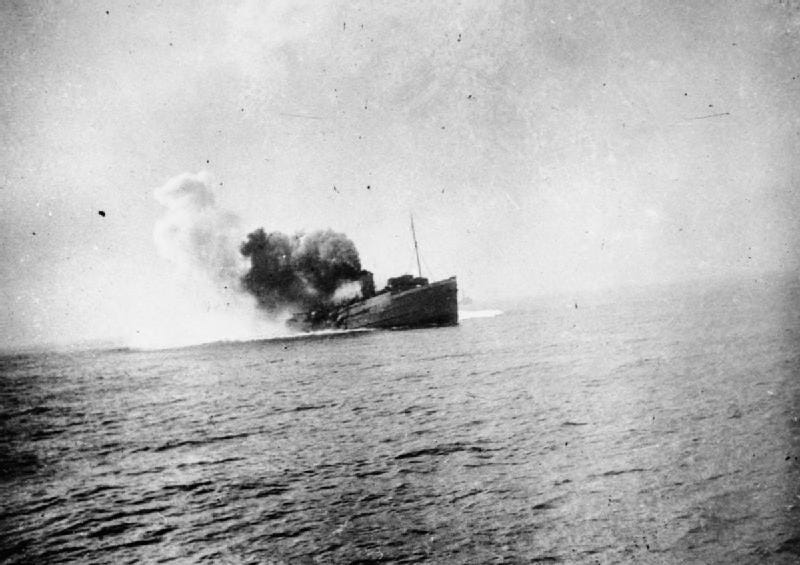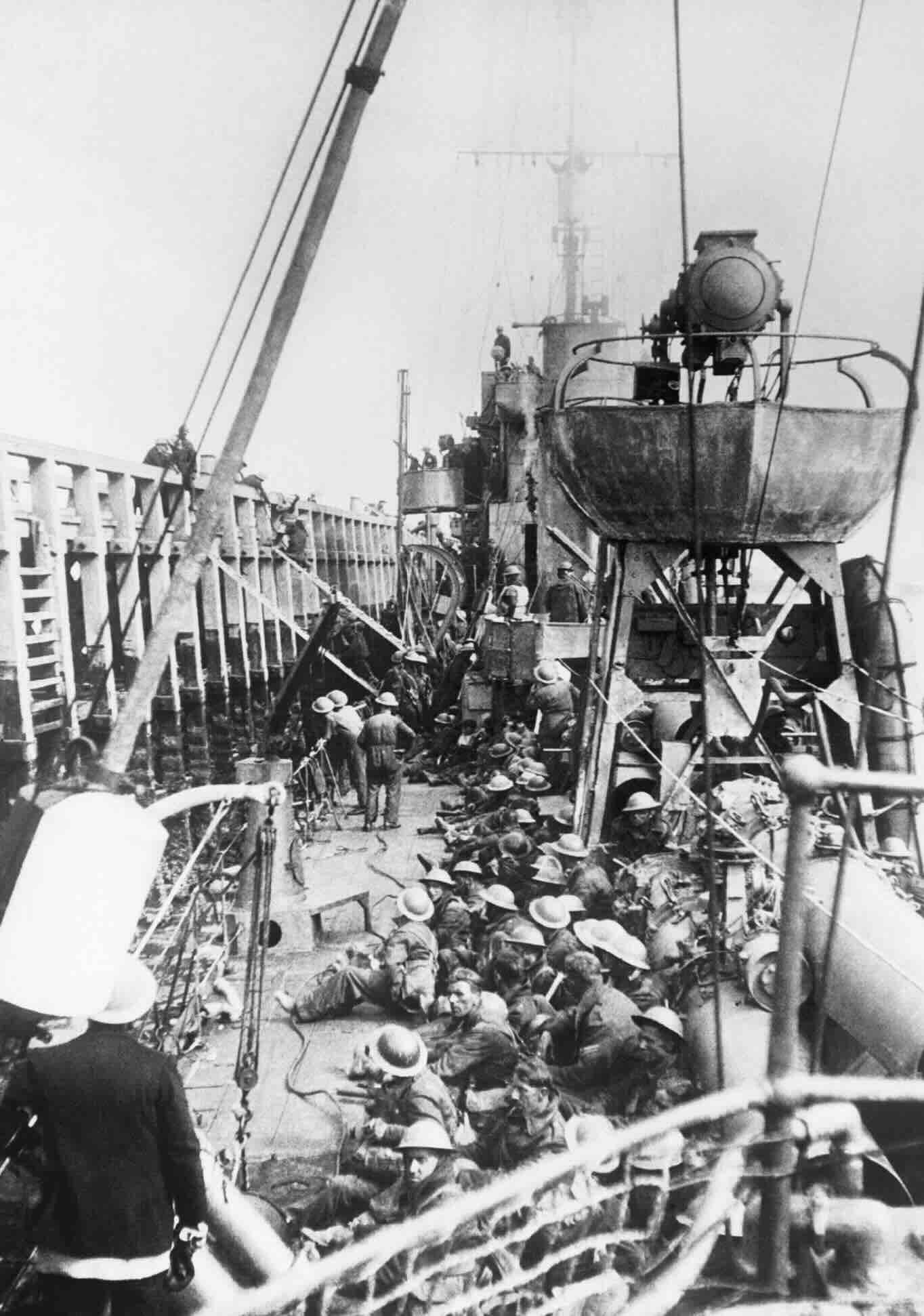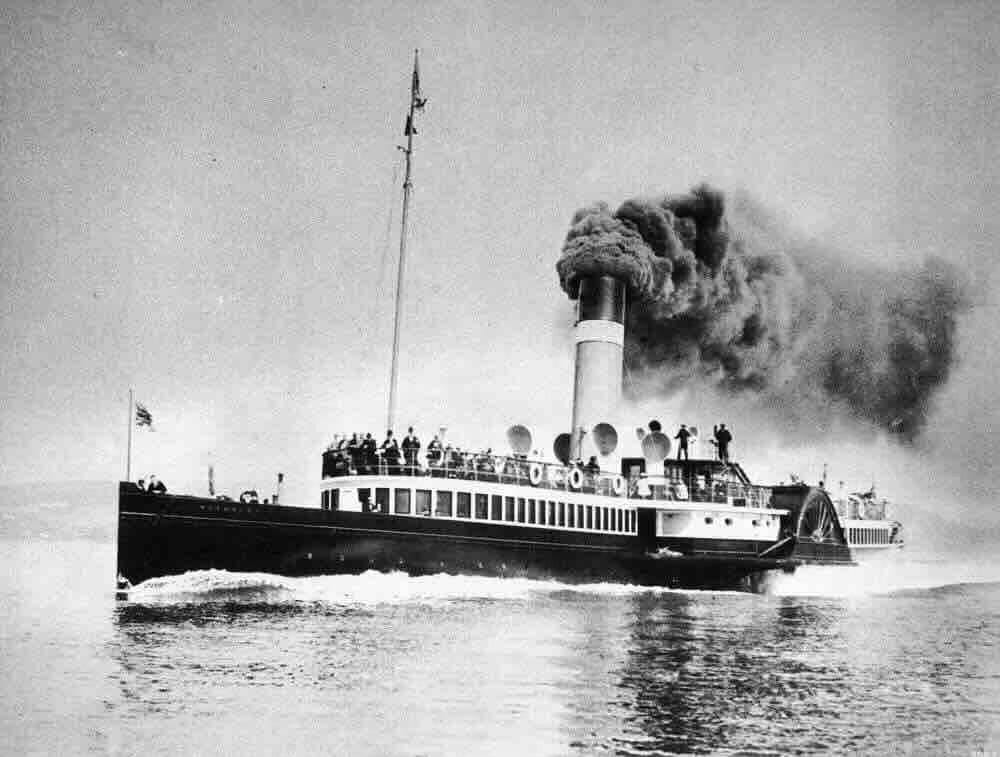Hundreds die as rescue ships are sunk
29th May 1940: Dive bombers, bombers, E-boats, U-boats and Magnetic mines cause heavy losses on ships picking up men from the beaches of Dunkirk


The evacuation was now getting under way from Dunkirk. Troops had to endure long waits on the beaches or onto the Mole within Dunkirk harbour before being embarked. Yet the hazards of being bombed or machined gunned continued even after they found their way onto a ship. Three destroyers loaded with troops were sunk in or off Dunkirk on the 29th May, as well as many other ships.




The paddle steamer Waverley had taken on board around 600 men directly from the beach. As she began to cross the Channel, she was targeted by 12 Heinkel bombers, as Captain John E Cameron DSC, later recalled1:
They [soldiers] had come through hell getting to the evacuation point and there they were aboard the Clyde steamer Waverley and talking about journeys to Rothesay.
The planes were too many for us and eventually we were struck by two bombs.
So I gave orders to abandon ship. I was still on the bridge now as the ship was sinking and I stayed there, not because I wanted to be a hero, but I was dead scared and didn’t want to go in the water.
Around 400 men died during the attack on the Waverley.
The casualties continued throughout the day. Late at night, a series of terrible incidents occurred involving HMS Wakeful, HMS Grafton, and HMS Comfort.
Keep reading with a 7-day free trial
Subscribe to World War II Today to keep reading this post and get 7 days of free access to the full post archives.

